However, by making his feelings very clear in his poem he did achieve the result he hoped for, I wonder though, did he think that he'd get away with offending a king? He didn't. Collingbourne was arrested, tried and sentenced within four months. He was executed at Tower Hill by hanging, drawing and quartering by the end of the year.
William Collingbourne didn't go to the scaffold because of his poetry alone, it was the choices he made in the summer of 1483 and his support of Henry Tudor's invasion and corresponding with him when he was in exile.

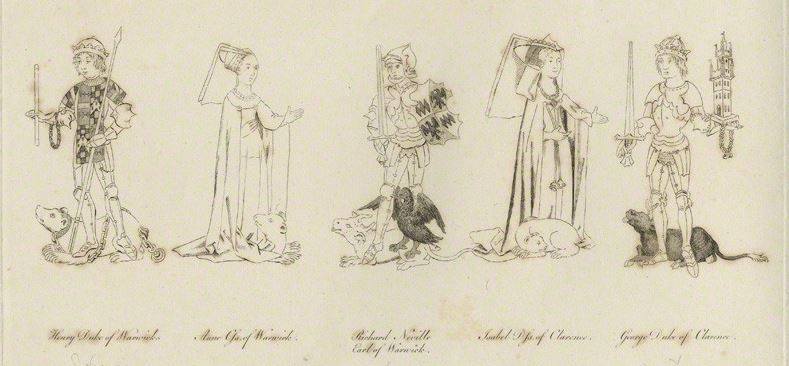
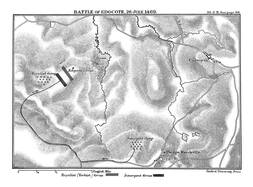
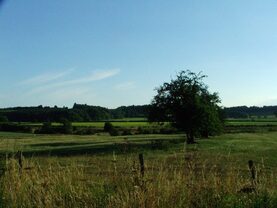
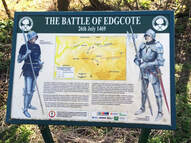
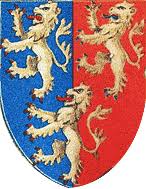
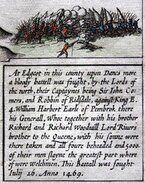
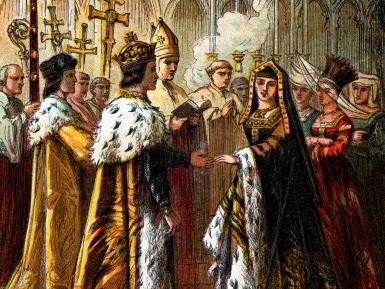
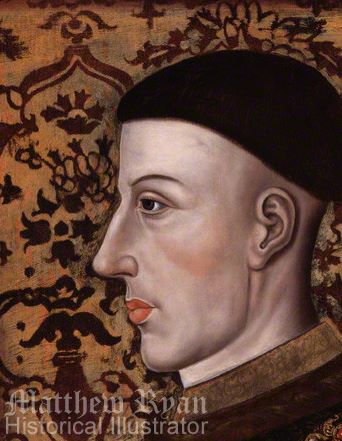
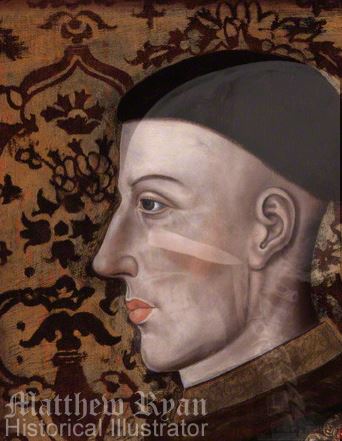
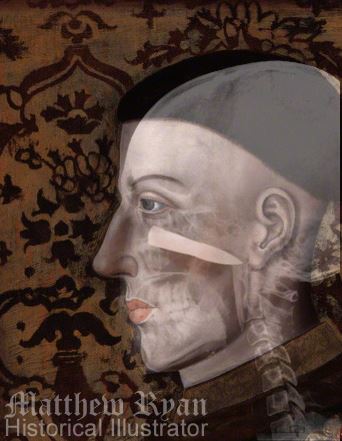

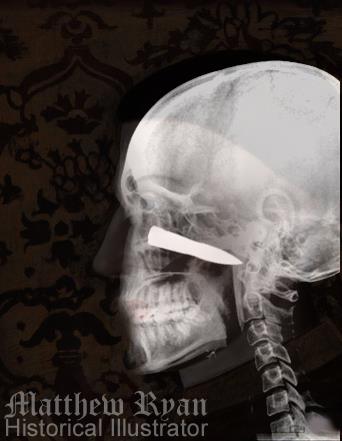

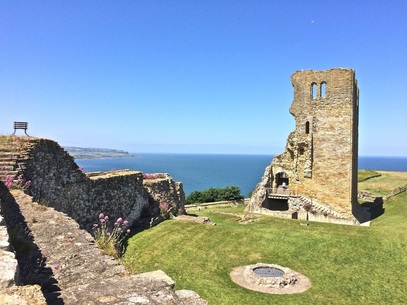
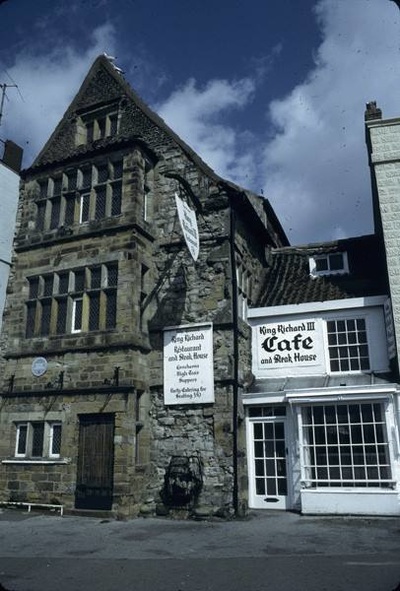
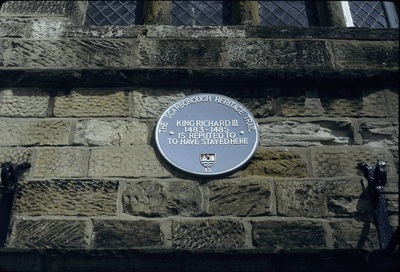

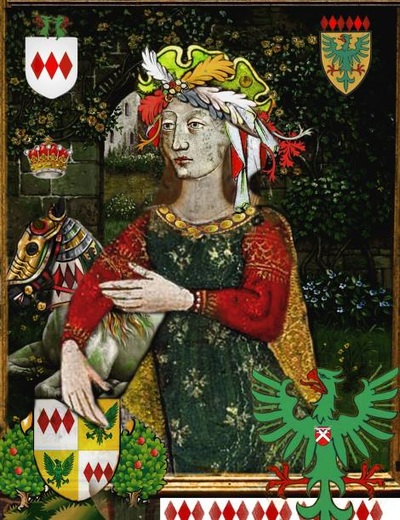
 RSS Feed
RSS Feed
